Imagine this: Sarah, a marketing manager at a mid-sized tech company, is riding high on a wave of impressive numbers. Her team has managed to double the company’s website traffic in just six months. Their social media followers have skyrocketed, and their email open rates are through the roof. It’s all looking good, right?
But here’s the catch—despite these shiny statistics, the company’s sales are stagnating, customer retention is dropping, and the bottom line is barely budging. Sarah’s boss is frustrated, and the team is confused. They’re excelling in all the wrong places, focusing on vanity metrics that look great on reports but don’t actually drive the company’s success.
This is where the difference between vanity metrics and result-oriented KPIs becomes critical. To truly succeed, Sarah needs to shift her focus from the numbers that merely look good to those that actually matter for the business’s growth and sustainability.
Introduction
When we talk about key performance indicators (KPIs), it’s easy to get confused by impressive numbers that look good on reports. But here’s the thing: not all KPIs are created equal. Some are just vanity metrics—pretty little numbers that make you feel great but don’t actually help you improve your business. So, how do you differentiate between vanity metrics and result-oriented KPIs that truly drive organisational success? Let’s dive in.
What Are KPIs and Why Do They Matter?
KPIs, or key performance indicators, are measurable values that help organisations track their progress toward specific goals. These metrics offer insights into how well you’re performing in various aspects of your business, from marketing to customer service to sales. But here’s the kicker: not all KPIs are worth our time and attention.
Vanity Metrics vs. Result-Oriented KPIs
So, what’s the difference between a vanity metric and a result-oriented KPI? Simply put, vanity metrics are shiny numbers that make you look good but don’t tell you much about your actual performance. They might give you a false sense of success without contributing to your overall goals.
On the other hand, result-oriented KPIs are the metrics that truly matter. These are the numbers that show you whether you’re on track to meet your objectives and drive real organisational success.
Examples of Vanity Metrics
Let’s break it down with some examples. You might be tempted to celebrate a massive spike in website traffic, but if that traffic isn’t converting into leads or sales, it’s just a vanity metric. Similarly, having thousands of social media followers looks impressive, but if those followers aren’t engaging with your content or buying your products, they’re not contributing to your bottom line.
The Problem with Focusing on Vanity Metrics
Focusing on vanity metrics can be a dangerous trap. It’s easy to get caught up in numbers that look good but don’t lead to meaningful action. When you spend too much time on these metrics, you might miss out on opportunities to improve in areas that truly matter. Worse yet, you could end up making decisions based on misleading data, leading your business in the wrong direction.
How to Identify Result-Oriented KPIs
Now that we’ve established what vanity metrics are, let’s talk about how to identify result-oriented KPIs. These are the metrics that align with your strategic goals and provide actionable insights. To find them, start by asking yourself these questions:
- What are our primary business goals?
- Which metrics directly contribute to achieving these goals?
- How can we measure the impact of our actions on these metrics?
By focusing on KPIs that are directly tied to your business objectives, you’ll be better equipped to drive real results.
The Role of Optimisation in KPI Tracking
Once you’ve identified your result-oriented KPIs, it’s time to optimise them. Optimisation involves continually tweaking your strategies and tactics to improve performance. This could mean refining your marketing campaigns, improving your customer service processes, or enhancing your product offerings.
Continuous Monitoring and Adjustment
One of the key aspects of optimisation is continuous monitoring. KPIs are not static; they should be regularly reviewed and adjusted as needed. This ensures that you’re always working toward your goals in the most efficient way possible. If you notice that a particular KPI isn’t moving in the right direction, it’s time to adjust your approach and try something new.
Tools for KPI Optimisation
To effectively optimise your KPIs, you’ll need the right tools. There are numerous software solutions available that can help you track and analyse your performance metrics. Look for tools that offer real-time data, customisable dashboards, and advanced reporting features. The right tool can make all the difference in your ability to stay on top of your KPIs and make informed decisions.
Real-Life Examples of Result-Oriented KPIs
Let’s take a look at some real-life examples of result-oriented KPIs. In the world of e-commerce, a key KPI might be your conversion rate—the percentage of website visitors who make a purchase. This metric directly ties to your business’s revenue and offers clear insights into the effectiveness of your marketing and sales strategies.
Another example could be customer lifetime value (CLV). This KPI measures the total revenue you can expect from a customer over the entire duration of their relationship with your business. A high CLV indicates strong customer loyalty and effective retention strategies, both of which are crucial for long-term success.
Why Result-Oriented KPIs Matter for Organisational Success
Result-oriented KPIs matter because they provide a clear, actionable path to achieving your business goals. Unlike vanity metrics, which can be misleading, these KPIs offer tangible insights that you can use to make informed decisions. By focusing on the right metrics, you’ll be better positioned to drive organisational success and achieve sustainable growth.
Moving Away from Vanity Metrics
If you’re currently focusing on vanity metrics, don’t worry—there’s still time to make a change. Start by identifying the KPIs that matter most to your business. Then, shift your focus toward tracking and optimising these metrics. Over time, you’ll see a noticeable difference in your performance and overall success.
The Benefits of a Result-Oriented Approach
When you move away from vanity metrics and start focusing on result-oriented KPIs, you’ll experience a range of benefits. You’ll make more informed decisions, improve your overall performance, and drive meaningful progress toward your goals. Plus, you’ll have a clearer understanding of what’s working and what’s not, allowing you to continuously improve and refine your strategies.
Conclusion
In the world of business, it’s easy to get caught up in the appeal of vanity metrics. But if you want to achieve true organisational success, it’s crucial to focus on result-oriented KPIs. By identifying the metrics that matter, optimising your performance, and making informed decisions, you’ll be well on your way to reaching your business goals. So, what are you waiting for? It’s time to ditch those vanity metrics and start driving real results.




